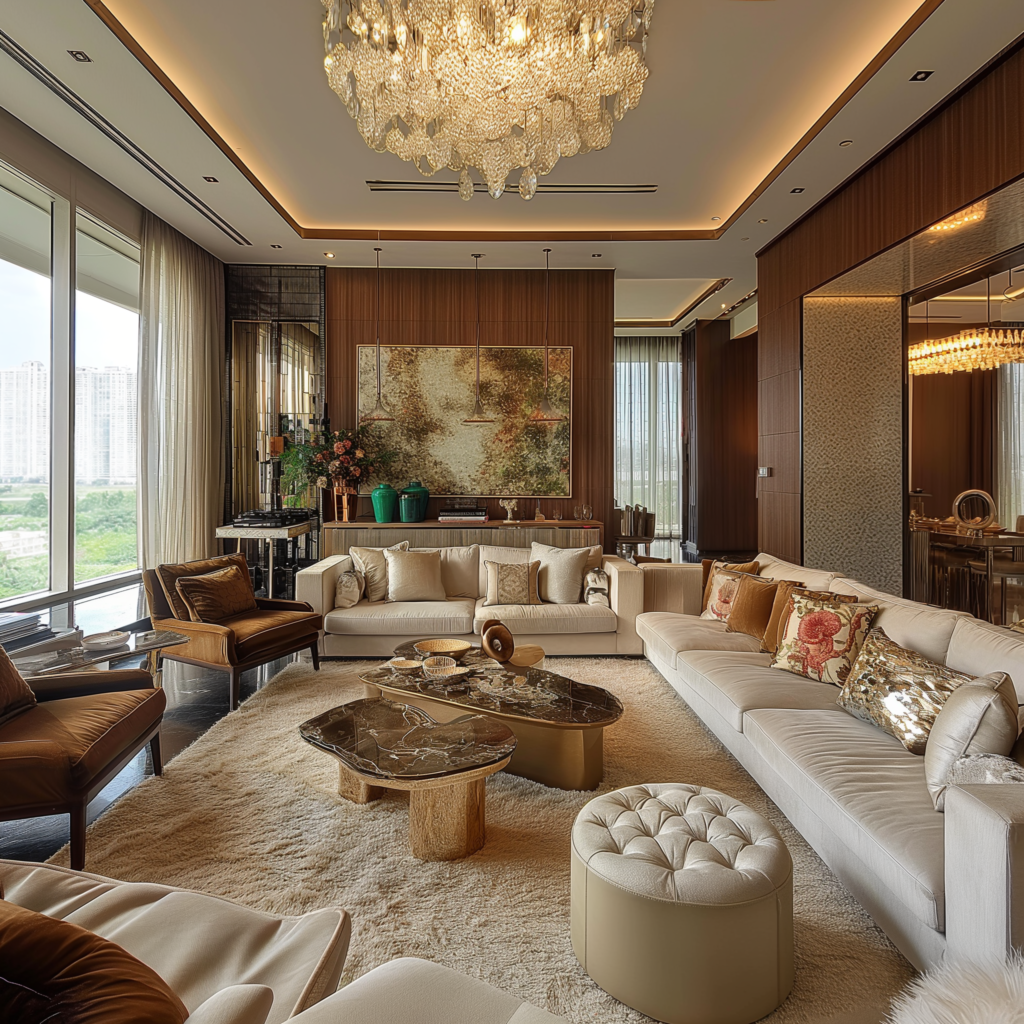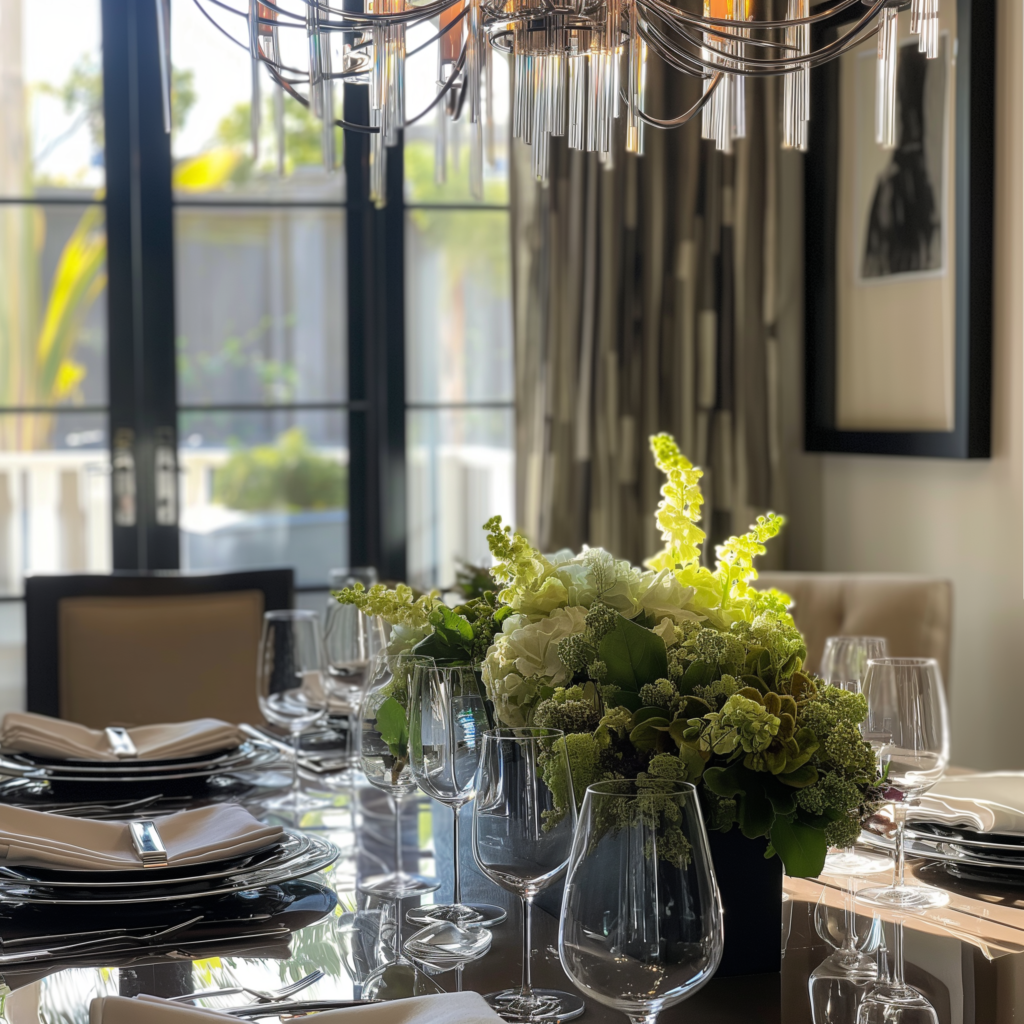Understanding the Colour Psychology In Interior Design.
We’re diving into the fascinating world of color psychology in interior design. Understanding how colors affect our mood, behavior, and perception can transform any space into a harmonious and functional environment. Let’s explore how different colors can be used strategically in interior design to create the desired atmosphere in your home or workspace. The Basics of Colour Psychology Colour psychology is the study of how colors influence human behavior and emotions. Different colors evoke different responses, and when used thoughtfully in interior design, they can significantly impact the ambiance of a room. Here’s a brief overview of what various colors generally represent: Red: Excitement, passion, energy. Red can be used as an accent color to add warmth and vibrancy to a space.Blue: Calmness, serenity, stability. Blue is perfect for bedrooms and bathrooms to create a tranquil and relaxing environment.Yellow: Happiness, optimism, creativity. Yellow can brighten up spaces and is ideal for kitchens and living rooms.Green: Nature, balance, growth. Green is soothing and can bring a touch of the outdoors inside, making it great for any room.Purple: Luxury, creativity, spirituality. Purple can add a sense of sophistication and is often used in bedrooms and living areas.Orange: Enthusiasm, warmth, energy. Orange is inviting and can be used in social spaces like living rooms and dining areas.Neutral Colours (White, Gray, Beige): Simplicity, cleanliness, versatility. Neutrals are the backbone of interior design and can be used as a canvas for other colors. Applying Colour Psychology in Interior Design Living Room The living room is often the heart of the home, where families gather and guests are entertained. To create a welcoming and energetic atmosphere, consider using warm colors like reds, oranges, and yellows. These colors can stimulate conversation and make the space feel cozy. If you prefer a more relaxed environment, soft blues and greens can create a calming effect, encouraging relaxation and peace. Bedroom The bedroom is a personal sanctuary where rest and relaxation are paramount. Cool colors such as blues, greens, and lavenders are ideal for creating a serene and peaceful environment conducive to sleep. Soft neutrals like beige or light gray can also be used to promote a tranquil and uncluttered space. Kitchen Kitchens are lively spaces where creativity and functionality meet. Bright and cheerful colors like yellow and orange can stimulate appetite and energize the room. If you prefer a more modern and clean look, white or light gray can make the space feel open and airy. Adding a splash of green through plants or accessories canbring a touch of nature and freshness. Bathroom Bathrooms are spaces of relaxation and rejuvenation. Cool colors like blues and greens can create a spa-like atmosphere, promoting a sense of calm and cleanliness. Neutral colors like white and gray can enhance the feeling of purity and simplicity, making the bathroom a refreshing retreat. Office Home offices need to balance productivity with comfort. Blue is known to enhance focus and efficiency, making it an excellent choice for office spaces. Green can reduce eye strain and bring a sense of balance and calm. For a touch of creativity and inspiration, consider incorporating accents of yellow or purple. Tips for Using Colour in Interior Design Conclusion Understanding color psychology in interior design can help you create spaces that are not only aesthetically pleasing but also emotionally fulfilling. Whether you want to create a vibrant, energetic living room or a peaceful, calming bedroom, the right colors can make all the difference. At NSN Studio Divine, we are passionate about helping you transform your spaces with thoughtful and intentional design choices. Stay tuned for more tips and inspiration on creating your dream home!
Understanding the Colour Psychology In Interior Design. Read More »



